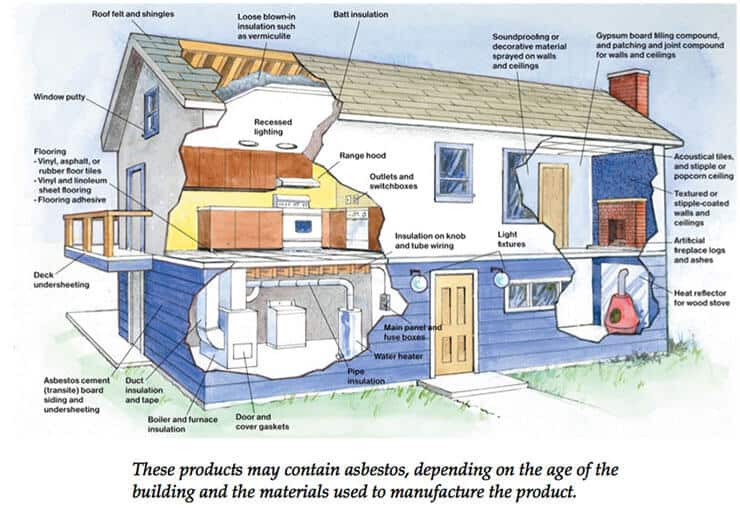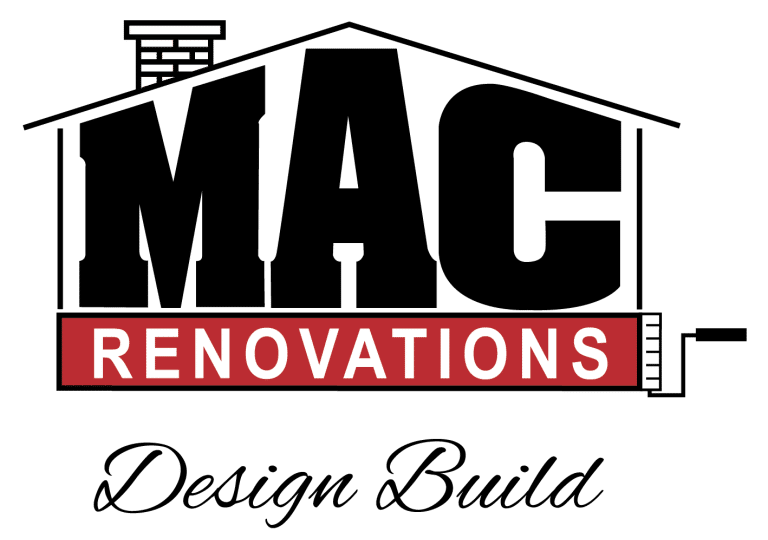SAFETY IS OUR PRIORITY
Building materials and practices in Victoria and across the country have been evolving regularly, from the clapboard homes of our grandparents to the modern designs you see today. As an experienced professional renovation team serving the communities of Greater Victoria, we know the appropriate codes for your municipality, and we have the tools and training to complete your project safely. Protecting your family, your home, and our crews is our first concern on every project.
Home Renovation Hazards in Victoria
Most homes built prior to 1990 in Victoria contain numerous invisible health hazards. These hazards range from asbestos to mould and tend to be most harmful during the demolition phase of your renovation. This is why in recent years, WorkSafeBC has partnered with Victoria-area municipalities to require that a hazardous risk assessment be done before any work is performed in your home. You cannot get an inspection or a permit until this test is done. If you’re thinking of hiring workers yourself, failing to do the test may expose you to future compensation claims. And regardless of whether you’re a strata corporation or an individual, ignorance isn’t a defense.
Hazardous Materials Survey — What’s Included
Hazardous risk assessments vary by building type, but most older homes in Victoria are tested for the following hazards:
- Asbestos-containing materials
- Mould
- Lead
- Urea-formaldehyde foam insulation
- PCBs
- Mercury
- Radon (and other radioactive materials)
- Silica
- Above or underground storage tanks
- Ozone-depleting substances
- Arsenic
Asbestos

Asbestos has become the most common workplace killer in B.C. It can be found in everything in your home in Victoria, from insulation to vinyl floor tiles to drywall compound to building paper and duct tape. Protecting your family and our workers from the long-term effects of this hidden killer is our top priority. WorkSafeBC regulations require that all asbestos-containing materials be removed or protected during a renovation and that the removal is done by a qualified contractor using approved procedures. Not only will this make your house safer for you and your family, but it will provide you with legal documentation that the threat has been removed, should you choose to sell.
Mould
WorkSafeBC provides guidelines for protecting workers from the hazards of airborne mould. Generally speaking, surface mould found on non-porous (metal, glass and hard plastics) and semi-porous (wood and concrete) materials can be cleaned and re-used. However, porous materials, such as ceiling tiles, wallpaper, insulation, drywall, and carpets with more than a small area of mould contamination, should be removed and discarded.
lead
Older paints often contain lead as a pigment or preservative. You can be exposed to lead by ingesting, breathing, or absorbing it. Most houses prior to 1950 have had lead-based paint applied to the interior or exterior surfaces. Often lead paint of this era contained up to 40% lead by weight. Paints made between 1950 and 1978 usually contained smaller amounts of lead. Paints often contain other heavy metals, including mercury, arsenic and chromium.
formaldehyde
Urea Formaldehyde Foam Insulation (UFFI) was banned by the Government of Canada in 1978. All such material was to have been removed and replaced. Standard real estate agreements currently contain a “No UFFI” clause, and as a best management practice, all buildings containing UFFI should have the material removed. UFFI is still found in many buildings in B.C.
PCBs
Fluorescent light fixtures can contain PCBs, a substance that is very toxic to humans. In rare cases, some older paints have been known to contain PCBs, which must be disposed of properly. The above are the most common aspects of the risk assessment. Although we do not conduct the hazardous risk assessments ourselves, we can explain the process to you. We’ll also put you in touch with the right contractors and manage the process for you, taking the burden off your shoulders. If you’re looking for further information and resources, please feel free to get in touch with us.

